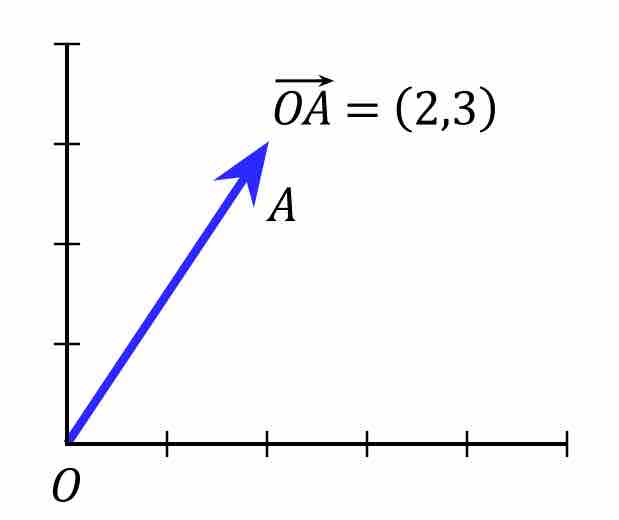Physical quantities can usually be placed into two categories, vectors and scalars. These two categories are typified by what information they require. Vectors require two pieces of information: the magnitude and direction . In contrast, scalars require only the magnitude. Scalars can be thought of as numbers, whereas vectors must be thought of more like arrows pointing in a specific direction.

A Vector
An example of a vector. Vectors are usually represented by arrows with their length representing the magnitude and their direction represented by the direction the arrow points.
Vectors require both a magnitude and a direction. The magnitude of a vector is a number for comparing one vector to another. In the geometric interpretation of a vector the vector is represented by an arrow. The arrow has two parts that define it. The two parts are its length which represents the magnitude and its direction with respect to some set of coordinate axes. The greater the magnitude, the longer the arrow. Physical concepts such as displacement, velocity, and acceleration are all examples of quantities that can be represented by vectors. Each of these quantities has both a magnitude (how far or how fast) and a direction. In order to specify a direction, there must be something to which the direction is relative. Typically this reference point is a set of coordinate axes like the x-y plane.
Scalars differ from vectors in that they do not have a direction. Scalars are used primarily to represent physical quantities for which a direction does not make sense. Some examples of these are: mass, height, length, volume, and area. Talking about the direction of these quantities has no meaning and so they cannot be expressed as vectors.